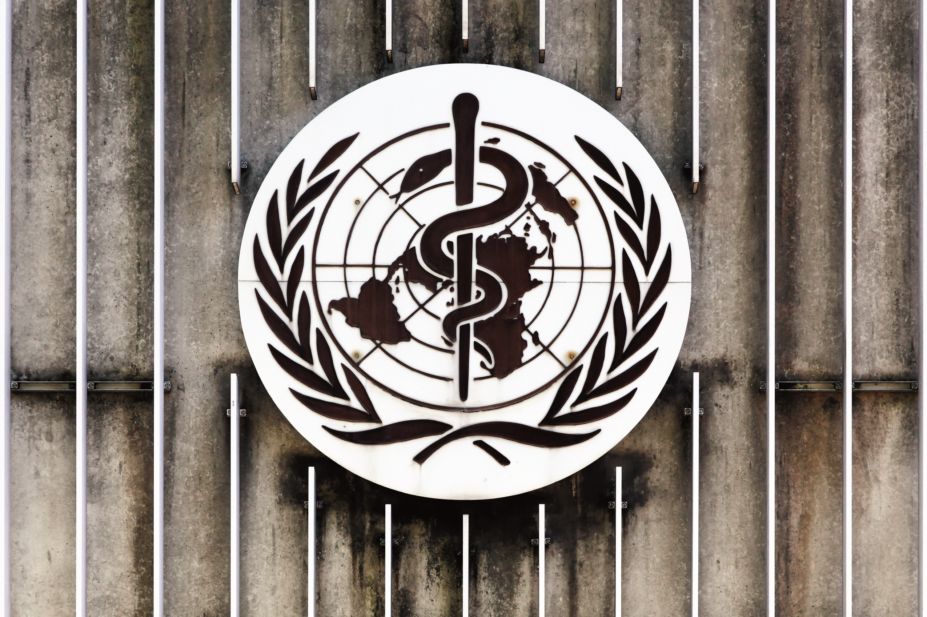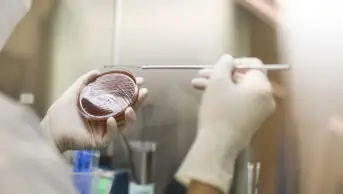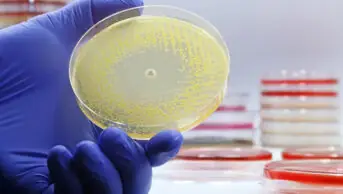
Shutterstock.com
The number of new antibiotics in development is insufficient to mitigate the growing threat of antimicrobial resistance (AMR), according to a report launched by the World Health Organization (WHO).
‘Antibacterial agents in clinical development — an analysis of the antibacterial clinical development pipeline, including tuberculosis’, published on 20 September 2017, says that more investment is needed in basic science, drug discovery and clinical development because most agents currently in the pipeline are modifications of existing antibiotic classes and will not provide long-term solutions to the problem of AMR[1]
.
Tedros Adhanom Ghebreyesus, director-general of the WHO, described AMR as a global health emergency.
“There is an urgent need for more investment in research and development for antibiotic-resistant infections including tuberculosis, otherwise we will be forced back to a time when people feared common infections and risked their lives from minor surgery,” he said.
According to the WHO, as of May 2017, a total of 51 antibiotics and 11 biologicals were in the clinical pipeline, with 42 new therapeutic entities targeting tuberculosis and Clostridium difficile. But only eight of these belong to new antibiotic classes and have been classed as innovative by the WHO.
The WHO’s analysis also shows a lack of treatment options for “priority-resistant bacteria”, especially against multidrug and extensively drug-resistant Gram-negative pathogens, as well as a lack of new oral antibiotics for Gram-negative infections.
“Pharmaceutical companies and researchers must urgently focus on new antibiotics against certain types of extremely serious infections that can kill patients in a matter of days because we have no line of defence,” said Suzanne Hill, director of the Department of Essential Medicines at the WHO.
The WHO adds that to combat AMR, new antibiotics will need to go in hand with infection prevention and antibiotic stewardship.
It is also developing guidance for the responsible use of antibiotics in the human, animal and agricultural sectors.
References
[1] World Health Organization. Antibacterial agents in clinical development: an analysis of the antibacterial clinical development pipeline, including tuberculosis. September 2017. Available at: http://apps.who.int/iris/bitstream/10665/258965/1/WHO-EMP-IAU-2017.11-eng.pdf?ua=1 (accessed September 2017)


